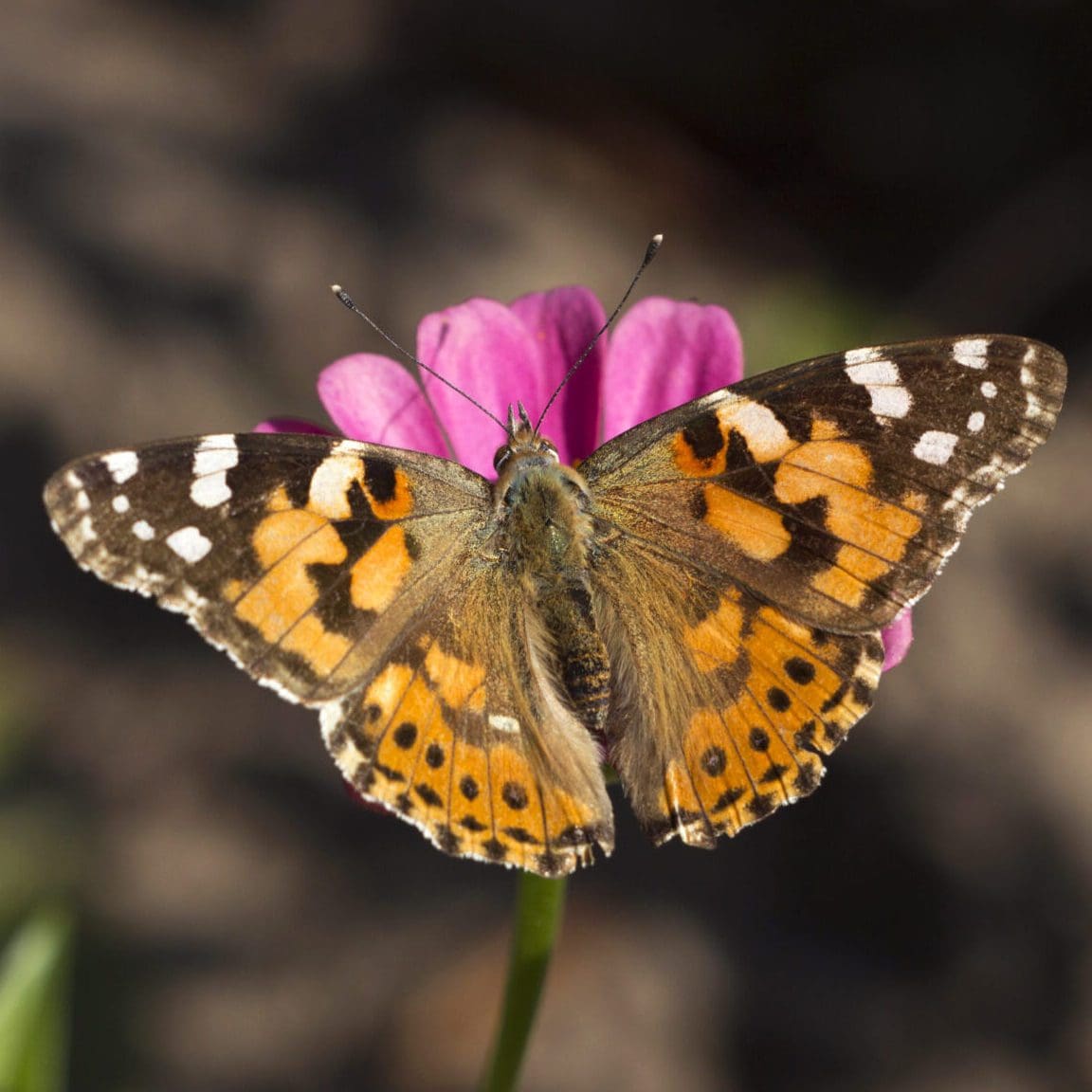
Welcome to our FAQ page, where we provide answers to some of the most frequently asked questions we receive about raising and releasing monarch butterflies. To help you find the information you need, we’ve organized our FAQs into specific categories related to our online store, products, and other services.
For more detailed information about each topic, be sure to visit our blog, where you’ll find a wealth of resources on butterfly care and conservation. And if you can’t find the answer you’re looking for, or have a question we haven’t addressed, please don’t hesitate to get in touch with us at info@monarchbutterflies.ca. We’re always happy to help!
No, we do not offer any other insects besides monarchs and painted ladies. Our focus is on providing experiences centered around these two beautiful butterfly species. We take pride in offering monarch and painted lady butterfly kits, as well butterflies for release including various related products and services to enhance your butterfly-raising and releasing experiences.
Monarchs and painted ladies are popular choices due to their accessibility, adaptability, and significance in butterfly conservation efforts. Both species are known for their fascinating life cycles, captivating colors, and their ability to bring joy and wonder to people of all ages.
To contact Canada Post, you can use one of the following methods:
When contacting Canada Post, it’s helpful to have relevant information ready, such as your tracking number, mailing address, and any specific details related to your inquiry. This will assist the customer service representatives in providing you with accurate and efficient support.
To facilitate the payment process, we offer multiple convenient options:
A. Place a new order on our website, www.monarchbutterflies.ca, by adding the desired items to your cart.
B. Proceed to checkout and select the preferred payment option.
C. Follow the prompts to securely submit payment online or select the method of your preference.
If you encounter any difficulties during the payment process or have any questions regarding payment methods, feel free to contact our customer support team at info@monarchbutterflies.ca.
Should you encounter any difficulties during the checkout process or if you have any questions about shipping rates or products, please don’t hesitate to contact our customer support team at info@monarchbutterflies.ca
We currently operate as an online store and do not offer orders for pick up. All orders must be placed through our secure online platform on our website.
Our seamless online ordering process allows you to browse through our diverse range of butterfly-related products, including live butterflies for release, butterfly rearing kits, butterfly frames and more. Once you have selected the items you desire, simply add them to your cart and proceed to checkout.
During checkout, you will provide your shipping address, and we will take care of the rest. We entrust the reliable services of Canada Post to ship your order directly to your designated location, ensuring safe and timely delivery.
We understand that some customers may prefer to pick up their orders in person for various reasons. However, at this time, we are unable to make an exception to our shipping policy, as it enables us to efficiently serve customers across different regions.
We do not offer Monarchs in the egg or caterpillar stage. Our focus is on providing monarch pupa (chrysalis) or fully developed adult butterflies for release, as this ensures the best results and contributes to the well-being of the butterflies providing the highest success rate.
While we understand the appeal of witnessing the early stages of a monarch butterfly’s life, offering monarchs in the egg or caterpillar stage presents unique challenges. The larvae require specific care, habitat, and diet to develop successfully, which can be complex and sensitive to manage. To ensure the highest success rate we only offer monarchs in the pupae state or butterflies for release.
To maintain the highest standard of care and minimize any potential risks to the butterflies, we specialize in providing healthy and vibrant pupae or adult butterflies for your butterfly release event. This approach allows you to enjoy the mesmerizing transformation of the pupae into magnificent butterflies and participate in their release, creating a magical and memorable experience.
Regrettably, we are unable to make exceptions to our policy and offer monarchs in the egg or caterpillar stage. However, we assure you that the butterflies you receive will be in prime condition for a successful and joyful release.
Yes, it is true that milkweed (Asclepias species) is the only host plant for monarch caterpillars. Monarch butterflies lay their eggs exclusively on milkweed plants because the caterpillars that hatch from these eggs rely solely on milkweed leaves as their source of food.
Yes, we are pleased to confirm that our milkweed seeds are organic. We take great care in providing high-quality seeds that are free from synthetic chemicals or harmful additives, ensuring a safe and natural environment for your garden and the wildlife it supports.
By choosing organic milkweed seeds, you can have confidence in knowing that you are contributing to a healthy ecosystem and supporting the well-being of pollinators, including monarch butterflies. Organic farming practices promote biodiversity, conserve natural resources, and prioritize the health of the soil and surrounding environment.
Please find some instructions below with similar instructions included in each order. Planting milkweed seeds is a simple and rewarding way to support monarch butterflies and other pollinators. Here’s a step-by-step guide to help you successfully plant milkweed seeds:
Remember that milkweed is a crucial plant for monarch butterflies, as it serves as their primary host plant. By providing milkweed in your garden, you are creating a habitat that supports the entire life cycle of these beautiful butterflies. Happy planting!